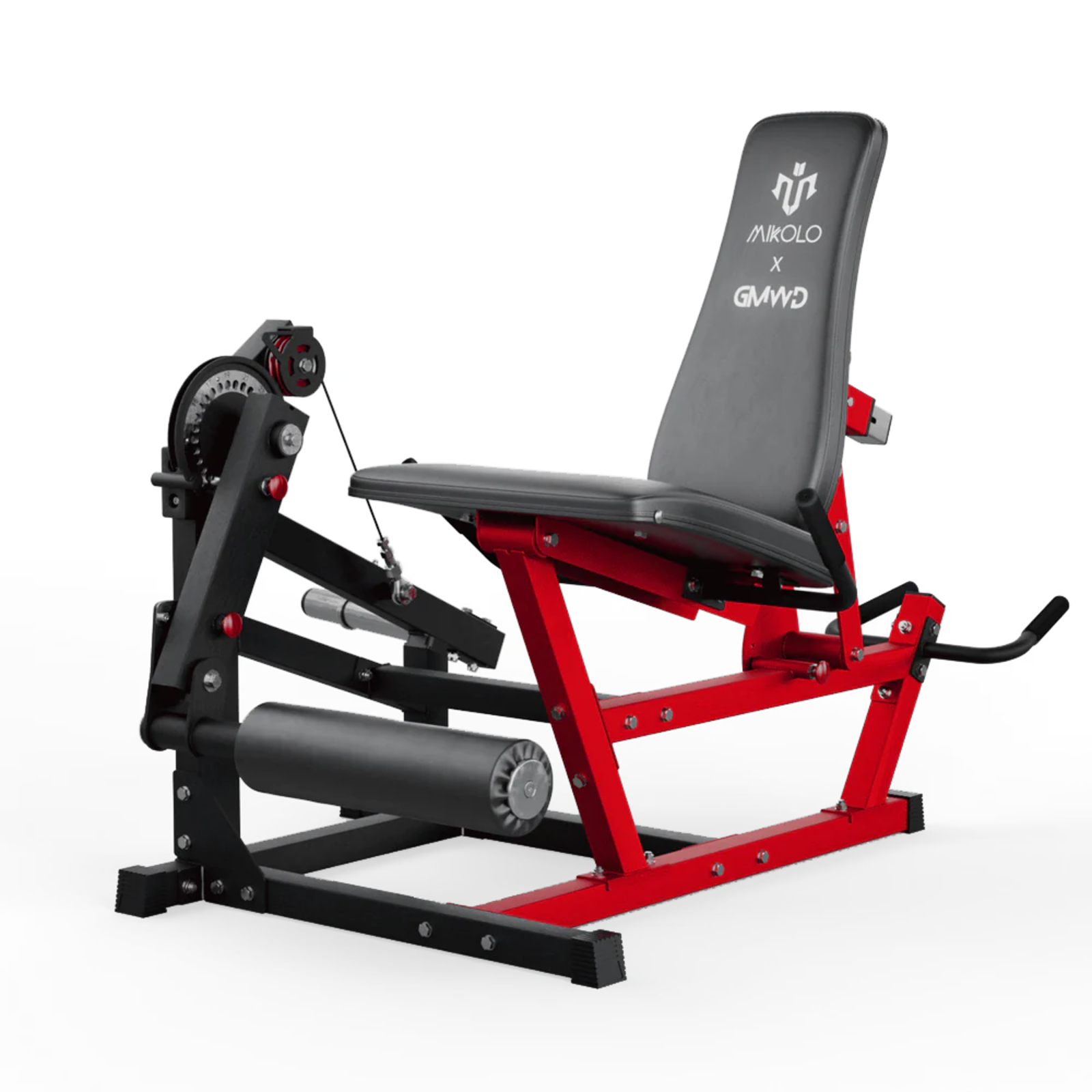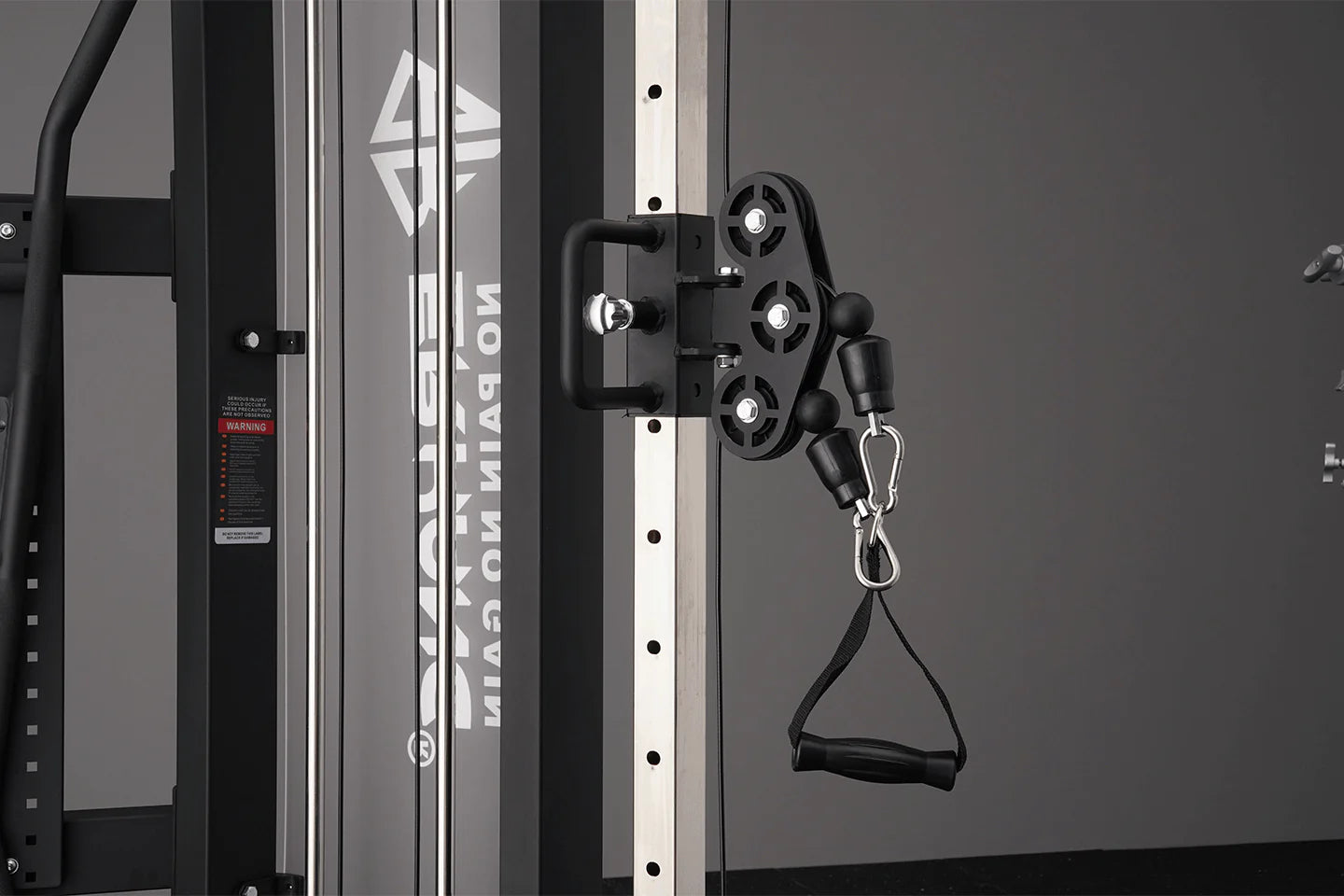When it comes to serious strength training, the Olympic bench bar stands out as a foundational piece of equipment. Whether you're a beginner building your first home gym or an experienced lifter chasing new PRs, understanding how to effectively train with an Olympic bar can transform your workout routine.
What Is an Olympic Bench Bar?
The Olympic bench bar, often simply called an Olympic barbell, is a 7-foot long bar typically weighing 45 lbs. It's built to handle heavy loads, with rotating sleeves to reduce torque on your wrists and a standardized diameter (usually 28-29 mm) that fits Olympic-sized weight plates.
Unlike standard bars, Olympic bench bars are designed for more rigorous training—ideal for bench presses, squats, deadlifts, overhead presses, and more.
Why the Olympic Bar Is Essential for Bench Pressing
The Olympic bench bar is the gold standard for bench pressing for several reasons:
-
Stability Under Load: Its solid construction ensures that it doesn’t flex under heavy weight, making it safer and more reliable for pressing.
-
Precision Balance: Designed with symmetrical knurling and weight distribution, it helps maintain consistent hand placement and balance throughout each rep.
-
Compatibility: It's universally compatible with Olympic plates and most commercial or home bench press setups.
Whether you're performing a flat bench, incline bench, or close-grip variation, the Olympic bar provides the structure and weight capacity needed to progress effectively.
Choosing the Right Olympic Bench Bar for Your Setup
When selecting an Olympic bench bar, consider the following:
-
Tensile Strength: A bar with at least 190,000 PSI is recommended for heavy lifters. It’s strong enough to withstand repeated heavy loading without bending.
-
Knurling: Medium knurling provides the right amount of grip without tearing up your hands. Look for a bar with center knurling if you also plan to squat with it.
-
Spin: Smooth sleeve rotation is key, especially if you're incorporating Olympic lifts or fast pressing movements.
-
Finish: Chrome, black zinc, or cerakote finishes help prevent rust and add aesthetic value to your home gym.
My Journey with the Olympic Bar
When I first added an Olympic bench bar to my garage gym, it was a game changer. I had been using a standard barbell that came with a basic weight set, and the difference was immediate. The weight felt more balanced, the grip was more secure, and I no longer had to worry about bending the bar when loading up for heavy sets. My confidence under the bar improved—and so did my bench numbers.
That one upgrade made my workouts feel more intentional and aligned with what I used to experience in commercial gyms. Even years later, that same bar remains the most-used piece in my home gym.
Tips for Training with an Olympic Bench Bar
-
Warm Up Thoroughly: Start with light sets to prime your muscles and joints. The bar alone weighs 45 lbs—enough for warm-up sets.
-
Use Safety Equipment: If lifting alone, always use spotter arms or a power rack with safety pins.
-
Track Your Progress: Consistency with the Olympic bar allows for measurable progress. Keep a training log to note reps, sets, and how the weight feels.
-
Focus on Form: A high-quality bar won't compensate for poor technique. Prioritize elbow positioning, back tightness, and bar path control.
-
Incorporate Variations: Close-grip bench presses, board presses, and tempo sets help build strength and break plateaus.
Final Thoughts
The Olympic bench bar isn’t just another barbell—it’s a cornerstone of effective strength training. Its construction, feel, and reliability set it apart from standard bars and make it a worthy investment for anyone serious about building upper body strength.
Whether you're pressing for power, hypertrophy, or overall fitness, this bar provides the durability and performance to grow with you at every stage.











































Leave a comment
This site is protected by hCaptcha and the hCaptcha Privacy Policy and Terms of Service apply.